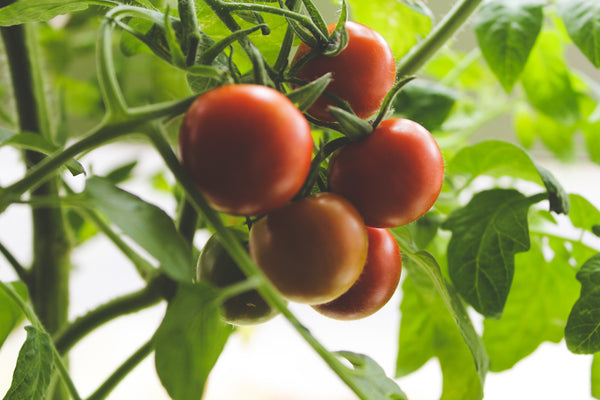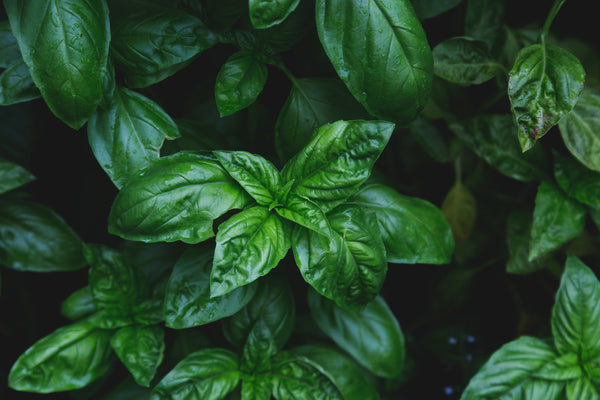Lettuce can be harvested from the garden from late spring to the late fall, and sometimes (given a bit of protection) all winter. The high protein chlorophyll in the dark-green leaves is highly nutritious. Salads are not complete without these leafy greens. Follow along with this handy how to grow lettuce from seed guide and grow fresh salad leaves all season long.
Latin
Lactuca sativa
Family: Asteraceae
Difficulty
Easy
We Recommend: There are far too many great lettuces to recommend just one. Our Super Gourmet Salad Blend (LT455) remains our most popular blend and offers a whole range of textures and colours.
For Urban Growers: Nothing beats our Fast & Furious Babyleaf Blend (LT502) for variety, flavour, and speed. Harvest as baby greens in only 35 days from planting. It grows perfectly well in containers and window boxes. Each of the six component lettuces are certified organic.
Season & Zone
Season: Cool season
Exposure: Full sun to partial shade
Zone: 4-12
Timing
Lettuce grows best in cool weather in the spring and fall. Sow in April every 2-3 weeks for a continual harvest. Using a cloche, cold frame, or greenhouse over mid-late August plantings can extend the harvest period right into winter. Optimal soil temperature for germination: 10-22°C (50-72°F). Seeds should sprout in 7-15 days, depending on conditions. Seeds don’t sprout easily when the soil temperature is over 22°C (72°F) in summer. Get around this by sprouting them indoors in a cool area, or pre-sprout by sprinkling seeds on a damp paper towl and placing it in a plastic bag in the fridge for a few days. In hot weather lettuce goes to seed rapidly, so have new plantings ready to go.
Starting
Direct sow or start indoors and transplant. Sow seeds 5mm (¼”) deep, or on the surface of the soil where the soil can be kept evenly moist.. Space or thin heading lettuce to 30cm (12″) apart. Space or thin looseleaf varieties to 20-25cm (8-10″) apart. Space rows for all types 45-90cm (18-36″) apart. Babyleaf lettuce can be planted quite densely, as it is harvested at an immature size. Sowing babyleaf lettuce seeds closely together in narrow rows makes harvesting simpler.
Note on Pelleted Seeds: A number of our lettuce seeds are pelleted for machine planting. The clay ball that covers each seed makes them easier to handle and easier to see when planted. While most lettuce seeds need to be barely covered (or sown on the surface of the soil), pelleted seeds need to be buried by about 1cm (1/2″). Please keep your newly sown pelleted seeds evenly moist – use more water than with conventional seeds. If the soil is allowed to dry out, the clay pelleting material can wick water away from the seed, causing uneven or lower germination.
Growing
Ideal pH: 6.0-6.5. Aim for a soil with ample drainage and lots of organic matter. Add compost and lime at least 3 weeks prior to planting. 1 cup of complete organic fertilizer per 3m (10′) of row will give adequate nutrition. Seedlings should be hardened off by reducing water and putting the plants outdoors 2 or 3 days before transplanting. This will help to prevent transplant shock and premature bolting. Regular watering is essential to prevent leaves from getting bitter. Most varieties will be ready for harvesting as baby leaves in half the days shown on the packet.
Harvest
Pick individual leaves or wait and harvest full heads. Summer lettuce stays in prime eating condition only a short time, so harvest promptly and keep planting. In fall and winter the plants stay in good eating condition longer.
Seed Info
In optimal growing conditions at least 70% of seeds will germinate. Usual seed life: 3 years. Per 100′ row: 240 seeds head lettuce/1.2M seeds leaf type, per acre: 58M seeds head lettuce/348M leaf type.
Diseases & Pests
Crop rotation is also important for disease prevention. Tip burn (tips of leaves turning brown) is caused by a calcium deficiency. If you have limed, tip burn can be caused by nutrient imbalances or lack of moisture. Slugs are a problem in early and late plantings, so clean up their hiding places.
Companion Planting
Lettuce plants make good companions for beets, Brassicas, carrot, celery, chervil, cucumbers, dill, garlic, onions, radish, spinach, squash, and strawberries.
More on Companion Planting.



